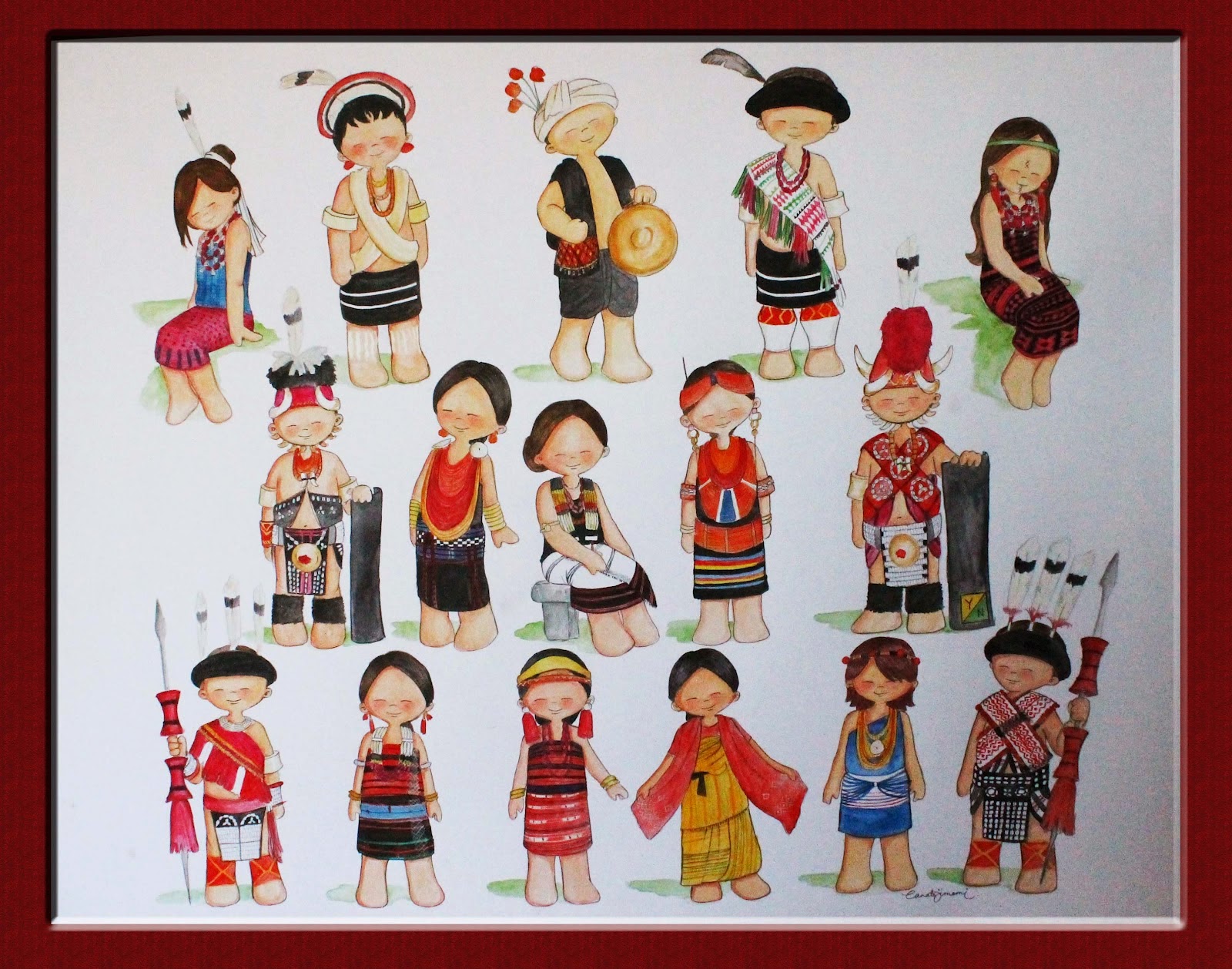 |
India
has a rich and varied collection of folk dances. These dances are
performed for entertainment, celebration such as the arrival of
seasons, birth of a child, a wedding and festivals and to express joy
particularly those living in the rural areas. Indian folk dances are
originated from the ordinary people of a society or region which
reflect the diversity in the country's tradition and culture.The
dances are extremely simple with minimum of steps or movements and
both men and women perform the dances. On most occasions, the dancers
sing themselves, while being accompanied by artists on the
instruments. Each form of dance has a specific costume. While there
are numerous ancient folk and tribal dances, many are constantly
being improved. The skill and the imagination of the dances influence
the performance.
Here
are some information about the less known Chang lo Naga tribal dance.
Firstly,
Chang Lo dance is performed by Chang tribe of Nagaland. Nagaland is a
state in the far north-eastern
part of India. There
are sixteen main tribes in Nagaland and these are Angami,
Ao,
Chakhesang,
Chang, Dimasa
Kachari, Khiamniungan,
Konyak,
Lotha, Phom,
Pochury, Rengma,
Sangtam,
Sumi,
Yimchunger,
Kuki and
Zeliang.
The dances of the Nagas portray a sense of fun and zest in their life. Harvesting season is main celebration time for all the Naga tribes, which they rejoice through the performance of various dances. Then, there are other occasions on which the dances are performed. The characteristic feature of all Naga dancing is the use of an erect posture, with many movements of the legs and comparatively little use of the torso and shoulders. Also they perform it to celebrate their victory against enemies.
This dance of the Chang tribe of Nagaland are performed to celebrate the victory over enemies in the earlier times. It used to be a three day festival. Presently, it forms a part of all the community celebrations, such as Poanglem, a three day festival preceding the harvest season. There are dramatic costumes of the traditional Naga warrior and finery of womenfolk.


